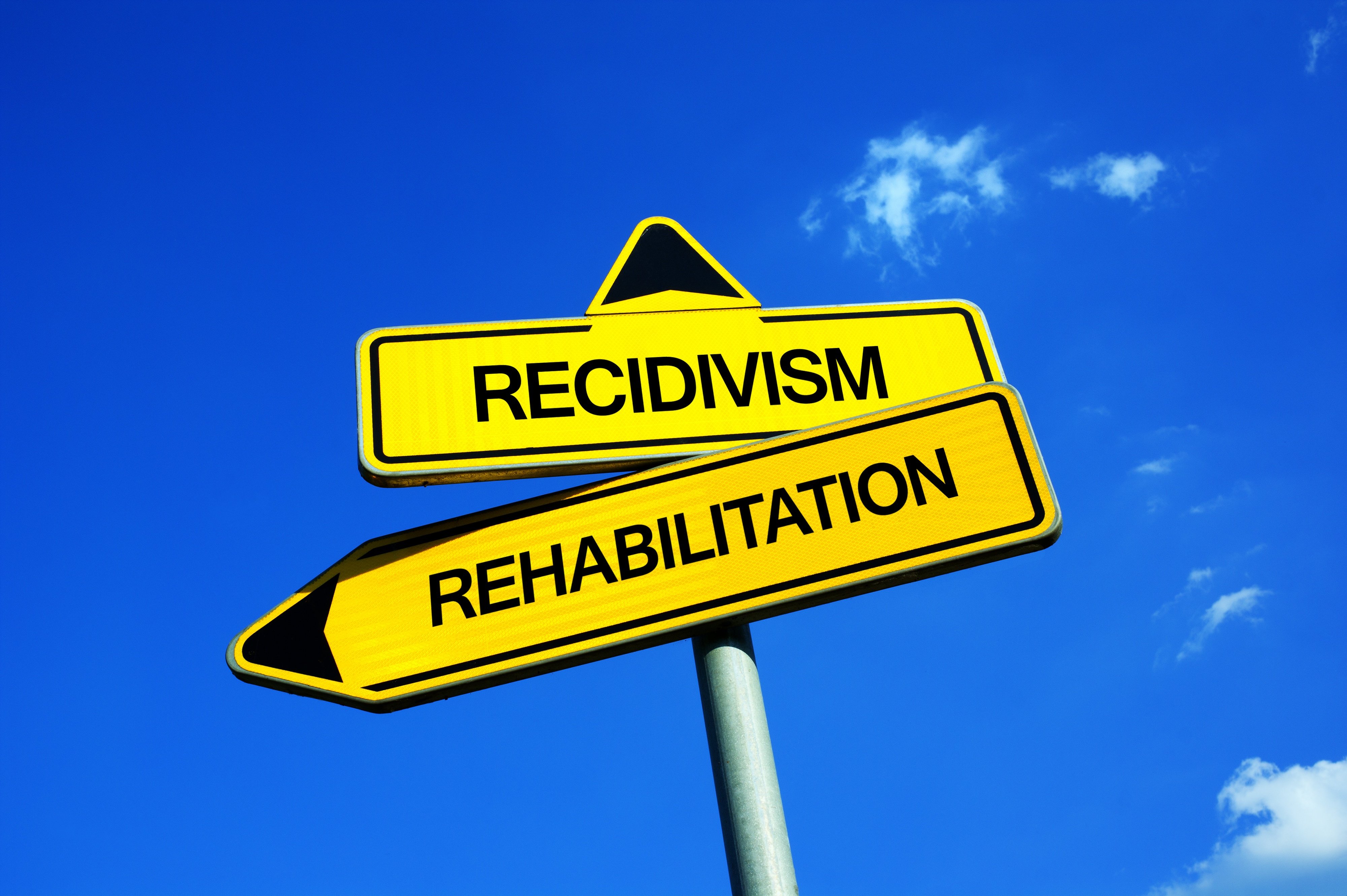Juvenile Crime: A Shift in Prevention and Punishment
In recent years, there has been a promising decline in juvenile crime rates. However, there is still work to be done in the field of juvenile justice reform. While crime rates may have dropped since their peak in the 1990s, other factors still remain. To fully understand the prevalence of youth crime and delinquency we must look past the numbers and look into the myriad factors that contribute to a youth's offending. Furthermore, we must also understand what leads to re-offending.
Juvenile Crime Trends

In the early 1990s, rising national crime rates provoked a change in the general public’s opinion of the people committing the crimes. Juvenile offenders
This idea led to a huge shift in the approach to crime prevention and punishment both on the state and the federal level. Reaction from lawmakers was largely swift and severe. Many states passed laws that shifted the focus of juvenile offender
What Affects the Youth Crime Rate

Over the last twenty years, the United States has seen a steady drop in crime rates, including in juvenile crime. From the peak offense era of the 1990s to today, juvenile crime arrests have dropped across the board in leaps and bounds. Robbery and aggravated assault rates have both dropped by 70% since the 1990s, simple assaults are down by 49%, and murder rates have fallen a staggering 82%. The continuously falling crime rates are not necessarily attributable to any one particular action or policy, however, which leads to some debate among activists and lawmakers over which policies are making the biggest differences to help with this issue. There are a few contributing factors, however, that do show significant impact upon juvenile crime rate reduction.
Risk Factors and Traits of the Average Juvenile Offender

Over the course of the last twenty or so years, there has been much discussion focused on the causes of juvenile crime. Studies have been conducted, people have been surveyed, facilities have been inspected, and it has all lead to at least one solid conclusion: there is no one condition that leads a juvenile to
Recidivism and Juvenile Offenders

Imagine spending thousands of dollars to lock up a juvenile, only to have them end up in the same position in the future. Recidivism - the tendency of a convicted criminal to re-offend - is a worrying statistic for justice advocates. Unlike adult recidivism, however, there are no national figures for juvenile recidivism rates.
Instead, states are allowed to choose how they track recidivism, as each state’s juvenile justice system differs in
How to Fund Juvenile Offender Treatment Programs
The MST approach to putting juvenile offenders on the right path has been shown to be extremely effective in terms of its success rate, decrease in crime and keeping down costs. The question becomes how can communities and organizations pay for MST programs? Here are four steps that should be considered:
- Assess whether your community needs an MST program.
- Determine what funding is available.
- Set up sustainable funding that will be in place for years.
- Focus on long-term strategies.

Contact Us
Interested in starting an MST program in your area?
Fill out the form below and someone will contact you shortly.

